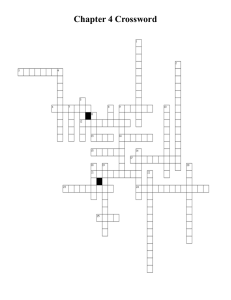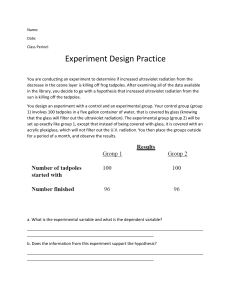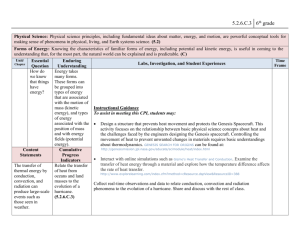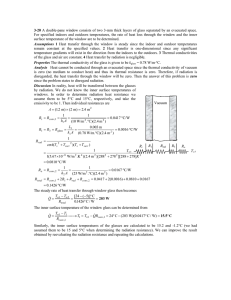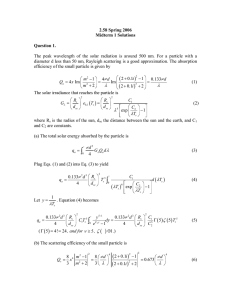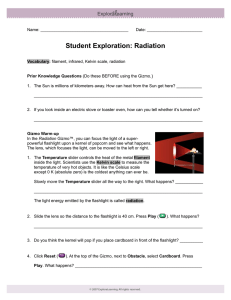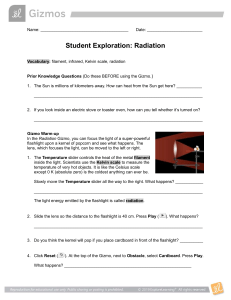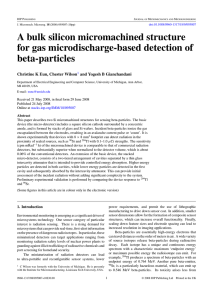Document 11647636
advertisement
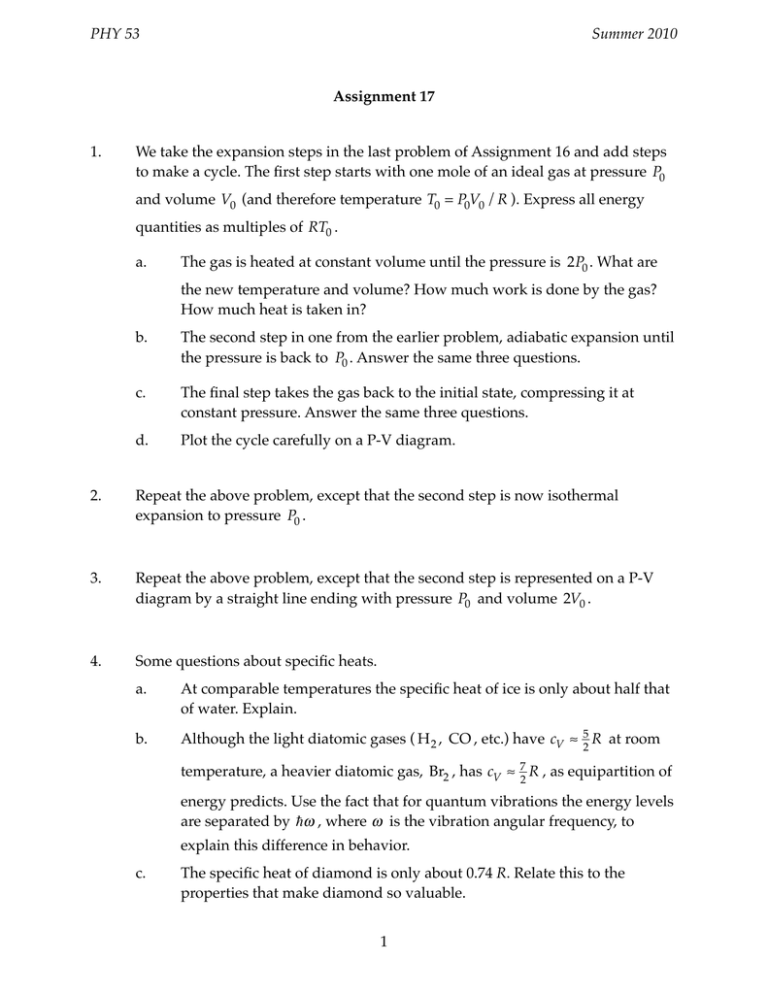
PHY 53 Summer 2010 Assignment 17 1. We take the expansion steps in the last problem of Assignment 16 and add steps to make a cycle. The first step starts with one mole of an ideal gas at pressure P0 and volume V0 (and therefore temperature T0 = P0V0 /R ). Express all energy quantities as multiples of RT0 . a. The gas is heated at constant volume until the pressure is 2P0 . What are the new temperature and volume? How much work is done by the gas? How much heat is taken in? b. The second step in one from the earlier problem, adiabatic expansion until the pressure is back to P0 . Answer the same three questions. c. The final step takes the gas back to the initial state, compressing it at constant pressure. Answer the same three questions. d. Plot the cycle carefully on a P-V diagram. 2. Repeat the above problem, except that the second step is now isothermal expansion to pressure P0 . 3. Repeat the above problem, except that the second step is represented on a P-V diagram by a straight line ending with pressure P0 and volume 2V0 . 4. Some questions about specific heats. a. At comparable temperatures the specific heat of ice is only about half that of water. Explain. b. Although the light diatomic gases ( H 2 , CO , etc.) have cV ≈ 52 R at room temperature, a heavier diatomic gas, Br2 , has cV ≈ 72 R , as equipartition of energy predicts. Use the fact that for quantum vibrations the energy levels are separated by ω , where ω is the vibration angular frequency, to explain this difference in behavior. c. The specific heat of diamond is only about 0.74 R. Relate this to the properties that make diamond so valuable. 1 PHY 53 5. Summer 2010 Questions about energy transfer by heat conduction. a. One observes that solids (such as metals) that are good conductors of electricity are also good conductors of heat. Why is this so? b. Double pane windows are used to reduce heat flow between inside and outside. Consider such a window, shown in crosssection. Two sheets of glass, each of thickness t are separated by a layer of air, also of thickness t. Let the temperature to the left of the window (indoors) be TH and the temperature to the right of it (outdoors) be TC . The thermal conductivity of glass is 1.0 and that of air 0.025. Find the ratio R of the heat flow rate dQ/dt for this window relative to a window made of just one sheet of the glass. [Call the temperature drop through the first sheet of glass ΔT1 , that through the air ΔT2 , and that through the second glass sheet ΔT3 . Then use the fact that the flow rate is the same through all three and that the sum of the temperature drops is TC − TH .] Ans: R ≈ 0.025 . c. 6. One might be tempted to use a very wide air gap. But this allows convection to set up in the air. Why is that bad? Questions about energy transfer by radiation. a. A perfectly absorbing ( e = 1 ) sphere of radius R receives radiation of intensity I0 directed as I0 shown. It has reached equilibrium in which the total power absorbed is equal to the total power emitted by radiation. I Show that its temperature in that case is given by T 4 = 0 , where ! is 4σ Stefan’s constant. [The sphere absorbs all radiation that impinges on it.] b. On a clear night when the air temperature near the ground stays a few degrees above the freezing point of water, frost often forms on the windshield of a car parked in the open. Explain. c. On the other hand, if the sky is covered by clouds the frost does not form. Explain. 2
